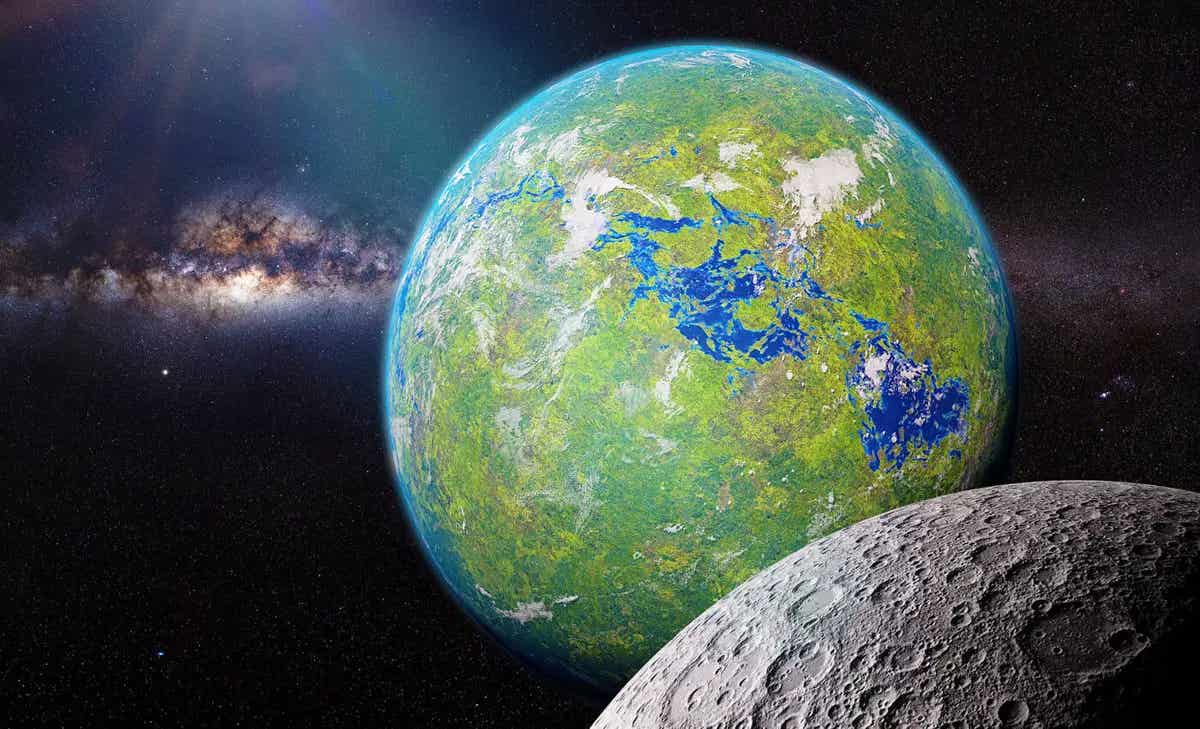Urban Heat Crisis: How Strategic Tree Planting Makes a Difference
New study shows strategic tree planting helps cities beat the heat without raising nighttime temperatures.

New study shows smart tree planting helps cities beat the heat without raising nighttime temperatures. (CREDIT: Unsplash/Nerea Martí Sesarino)
Urban trees often stand at the center of plans to fight rising city temperatures. Their cooling power seems simple and effective. But new research shows that the truth is more complex. Trees do cool cities, but how well they work depends on the tree type, the shape of the city, and the local climate.
Scientists from the University of Cambridge studied 182 research projects covering 110 cities across 17 climate zones. Their work brings fresh insights into how trees affect city temperatures during both day and night.
How Trees Cool Cities—and How They Can Heat Them
Trees lower temperatures mainly by three actions. First, their leaves block direct sunlight. Second, they release water into the air through tiny pores, a process called transpiration. Third, their leaves change airflow around streets and buildings, helping cool breezes move more freely.
During the daytime, this threefold cooling can lower air temperatures by up to 12°C (53°F) . Cities like those in Nigeria show just how powerful trees can be in hot and dry places.
But trees do not always help after sunset. At night, thick canopies can trap heat close to the ground. Leaves close their pores at night—a reaction called stomatal closure—which slows cooling even more. As a result, cities can feel up to 0.8°C (33°F) warmer at night under dense tree canopies, especially in tropical climates.
"Our study busts the myth that trees are the ultimate panacea for overheating cities across the globe," said Dr. Ronita Bardhan, a leading expert on sustainable urban design.
She added, "Trees have a crucial role to play in cooling cities down, but we need to plant them much more strategically to maximize the benefits which they can provide."
Related Stories
Cooling Power Depends on Climate and City Shape
The study found that trees work better in hot, dry places than in hot, wet ones. In dry climates, trees cooled cities by just over 9°C (48°F) during the day. At night, they raised temperatures slightly, by about 0.4°C (33°F).
In tropical rainforest climates, where the air is thick with moisture, trees cooled cities only by about 2°C (35°F). Their nighttime warming effect, however, stayed strong at about 0.8°C (33°F).
Temperate climates showed a middle ground. Trees cooled these cities by up to 6°C (43°F) during the day. However, they also warmed them by up to 1.5°C (35°F) at night.
Urban form matters too. Cities with open layouts—low-rise buildings and wider streets—saw better cooling effects. When cities used a mix of evergreen and deciduous trees in open layouts, daytime temperatures dropped about 0.5°C (33°F) more than when using only one type of tree.
Mixed tree species provide different heights of shade and cooling throughout the year. Deciduous trees lose their leaves in winter, letting in sunlight when it’s most welcome. Evergreens stay full all year, offering steady shade and moisture.
In desert cities like Cairo or Dubai, evergreen trees planted in tight urban spaces cooled better than any other strategy. Compact city designs with dense tree canopies saw good results only when using the right species and the right planting patterns.
Planting the Right Trees in the Right Places
Planting trees anywhere and everywhere will not solve urban heat problems. In fact, careless planting can make things worse.
For example, too much canopy cover in tight "street canyons"—narrow streets lined with tall buildings—can trap heat at the pedestrian level. In these zones, scientists recommend using slender tree species and planting them farther apart. This approach allows more heat to escape into the night sky.
"Our results emphasize that urban planners not only need to give cities more green spaces, they need to plant the right mix of trees in optimal positions to maximize cooling benefits," said Dr. Bardhan.
Urban planners must match tree choices to the form and layout of the city itself. Factors like the width of the street, the height of nearby buildings, and even the amount of open sky must guide planting decisions.
“Urban planners should plan for future warmer climates by choosing resilient species which will continue to thrive and maintain cooling benefits,” added Dr. Bardhan.
Tree placement and choice must also account for expected future changes. Rising global temperatures, new rainfall patterns, and more extreme weather events will all affect which trees survive and thrive in cities.
Trees Help, But They Are Not a Complete Solution
The study makes one thing clear: while trees offer big cooling benefits, cities must use other tools as well. Solar shading from buildings, cool roofing materials, and reflective pavements should work alongside tree planting efforts.
Cities that combine multiple cooling strategies will stand a better chance against the growing threat of urban heat stress.
Besides helping cities stay cool, trees also improve air quality, provide habitat for wildlife, and create more pleasant public spaces. But if poorly planned, tree planting could deepen the very problems it aims to solve, like nighttime heat trapping and unequal distribution of green spaces.
The team behind this research created an interactive database and map. Urban planners and other users can now estimate the cooling effects of various strategies based on real-world data from cities with similar climates and urban forms. This tool offers cities a new way to plan smarter and greener futures.
Temperature extremes in cities continue to rise, threatening health, energy systems, and even social stability. Strategic tree planting, tailored to each city's unique shape and climate, offers a powerful yet precise tool to combat this crisis.
Done right, urban trees can help cities not only survive but thrive in the face of global warming.
Note: The article above provided above by The Brighter Side of News.
Like these kind of feel good stories? Get The Brighter Side of News' newsletter.
Mac Oliveau
Science & Technology Writer | AI and Robotics Reporter
Mac Oliveau is a Los Angeles–based science and technology journalist for The Brighter Side of News, an online publication focused on uplifting, transformative stories from around the globe. Passionate about spotlighting groundbreaking discoveries and innovations, Mac covers a broad spectrum of topics—from medical breakthroughs and artificial intelligence to green tech and archeology. With a talent for making complex science clear and compelling, they connect readers to the advancements shaping a brighter, more hopeful future.



